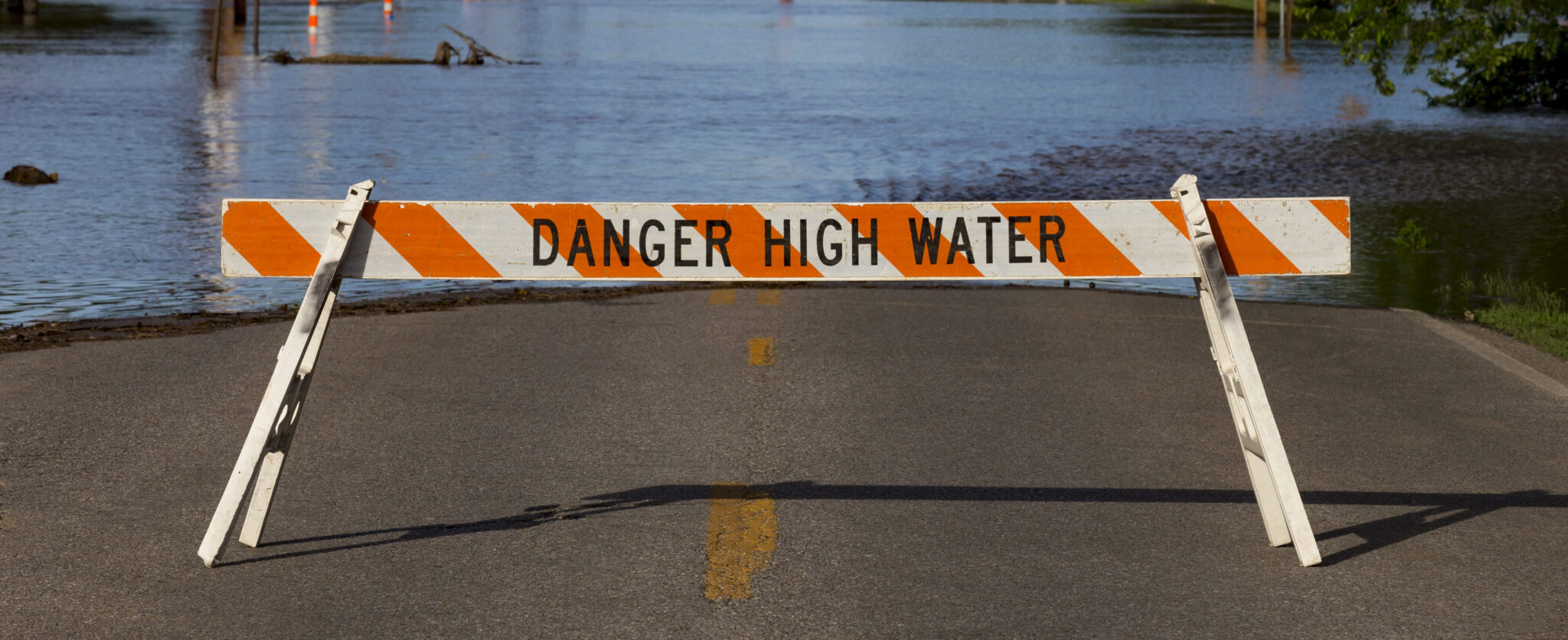According to a calculation completed in 2020 by First Street Foundation, 14.6 million properties are located within the 100-year flood zone. That is almost twice the 8.7 million properties that are shown on government emergency maps. The culprit for this variance is primarily changes caused by climate change, among other factors. This is important information as standard homeowners’ policies do not cover your property in the event of water damage from flooding.
To determine what risk your property is of being affected by a flood, check out Floodfactor.com. If you are at high risk for flooding, purchase flood insurance. The National Flood Insurance Program is managed by FEMA and has a network of insurance carriers. If you need help purchasing flood coverage, speak with your independent agent or check out, https://www.floodsmart.gov/flood-insurance-provider

Here are a few tips to prep your home for a flood:
- Take potential flooding seriously—floods can result from rain, melting snow, coastal storms, storm surges, and overflowing dams (including ice dams on rivers and lakes), and other water systems.
- Establish a plan for you and your family, including your pets, so that you know where to go in case you need to evacuate. If told to evacuate, do so as soon as possible.
- Don’t ever try to walk, swim, or drive through floodwaters, and avoid bridges over fast-moving water. Floodwater can carry dangerous contaminants and debris, and underground or downed power lines can electrically charge water.
- Keep a packed go-bag ready in case you need to leave in a hurry. Pack warm clothes, bottled water, nonperishable foods, and cleaning supplies. Place your important documents and medication in waterproof bags to keep them safe.
- If flooding is imminent and you have time to safely do so, move your furniture and valuables to higher levels in your home.
- If your home is at risk for flooding, consider installing a sump pump to help remove water.
- Elevate and anchor your utilities to avoid water damage.
- Outside of your home, declutter and clean out drains and gutters to best allow water to run off.
- Once floodwaters recede, return to your home only when told it is safe to do so. Wear heavy gloves and rubber boots when working in damaged areas. Wear a face mask if working in areas where there is mold.
- When returning home, be on the lookout for snakes and other animals and bugs that may have entered your home.
- Do not touch electrical equipment if it is wet or you are standing in water. If safe to do so, turn off electricity to prevent electric shock. If electrical wires outside your home are damaged in any way, call your utility company, and do not touch or go near them and avoid utilizing power until repaired.
- If you need to use a generator, only operate the generator outdoors and make sure to exhaust the generator away from your home.
Fact or Fiction:
- Just 1 inch of water in your home can cause $27,000 of damage. – Fact
- SUVs and Trucks are safe vehicles to drive across floodwaters in. – Fiction, it only takes 2 feet of water to make a vehicle float.
- You will never be able to buy flood insurance if your property has flooded in the past. – Fiction, you will still be able to purchase flood insurance provided your community participates in the NFIP. Check with your agent for more information.